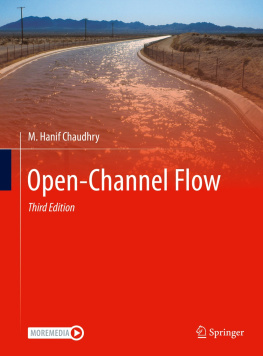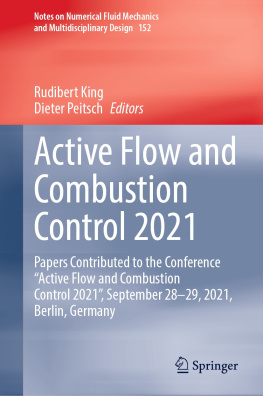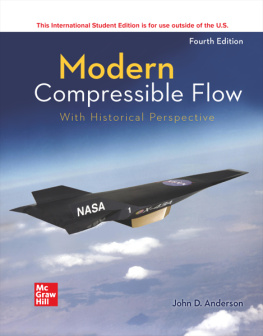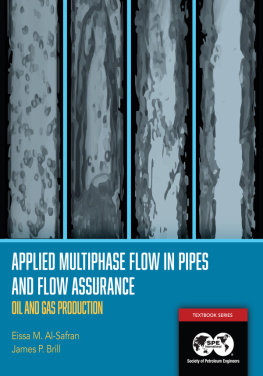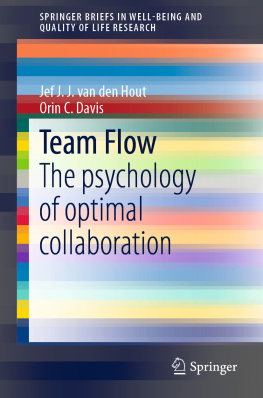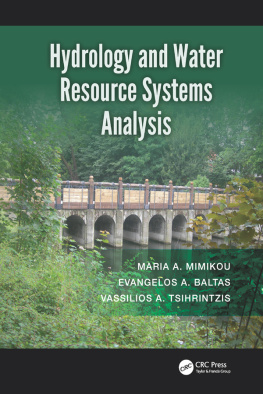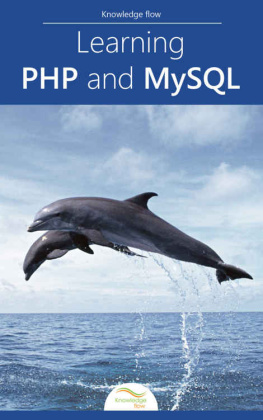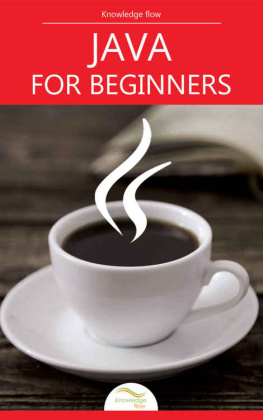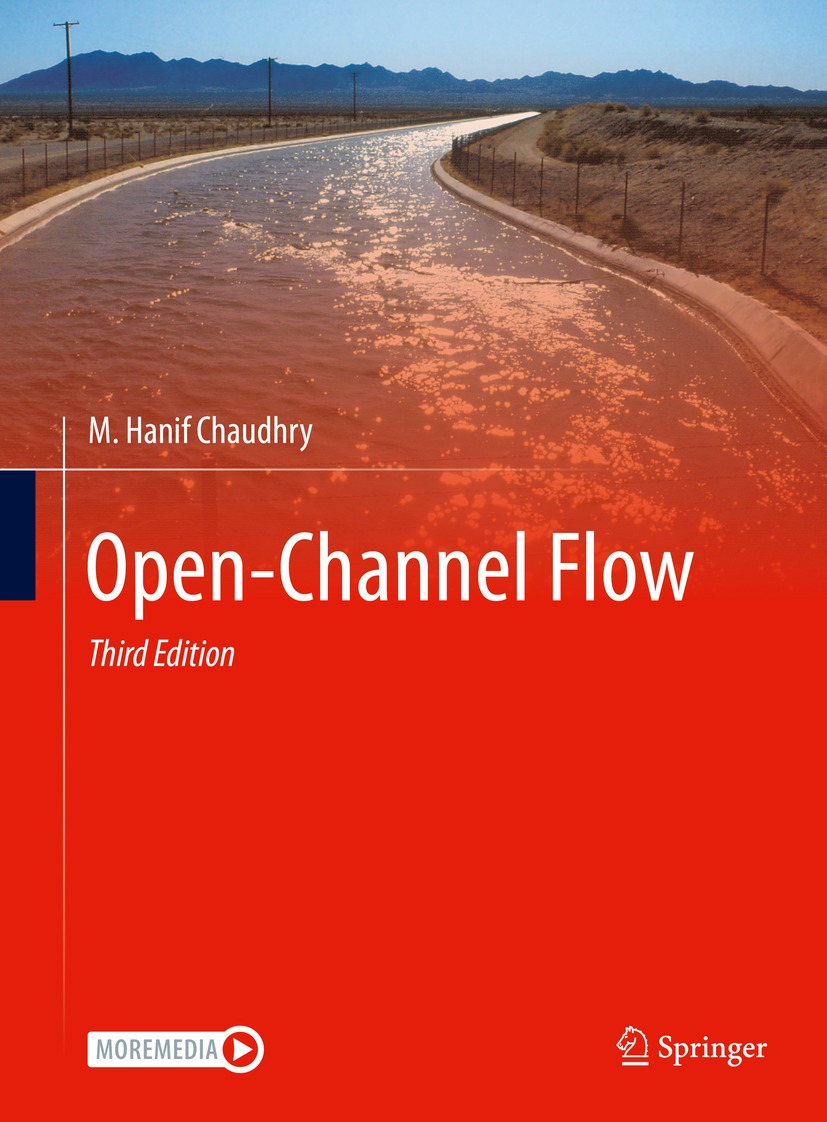Dr. M. Hanif Chaudhry
Department of Civil and Environmental Engineering, University of South Carolina, Columbia, SC, USA
ISBN 978-3-030-96446-7 e-ISBN 978-3-030-96447-4
https://doi.org/10.1007/978-3-030-96447-4
Originally published by Prentice-Hall, Inc., Englewood Cliffs, 1993
Springer Nature Switzerland AG 1993, 2008, 2022
This work is subject to copyright. All rights are reserved by the Publisher, whether the whole or part of the material is concerned, specifically the rights of translation, reprinting, reuse of illustrations, recitation, broadcasting, reproduction on microfilms or in any other physical way, and transmission or information storage and retrieval, electronic adaptation, computer software, or by similar or dissimilar methodology now known or hereafter developed.
The use of general descriptive names, registered names, trademarks, service marks, etc. in this publication does not imply, even in the absence of a specific statement, that such names are exempt from the relevant protective laws and regulations and therefore free for general use.
The publisher, the authors, and the editors are safe to assume that the advice and information in this book are believed to be true and accurate at the date of publication. Neither the publisher nor the authors or the editors give a warranty, expressed or implied, with respect to the material contained herein or for any errors or omissions that may have been made. The publisher remains neutral with regard to jurisdictional claims in published maps and institutional affiliations.
This Springer imprint is published by the registered company Springer Nature Switzerland AG
The registered company address is: Gewerbestrasse 11, 6330 Cham, Switzerland
Preface
The flow in natural channels, such as rivers and streams, or in built water-conveyance structures, such as canals, is referred to as open-channel or free-surface flow. The analysis of these flows is needed for the planning, design, and operation of water resource projects. Although empirical approaches have been used for this purpose in the past, the availability of efficient computational procedures during the last 50 years or so have made it possible to analyze large complex systems in addition to providing more accurate results that can be used with confidence. This book covers an introduction of these flows, presents modern numerical methods and computational procedures for analyses, and provides up-to-date information on the topic. The book is suitable as a text for senior-level undergraduate and graduate courses and as a reference for researchers and practicing engineers. Strong emphasis is given to the application of efficient solution techniques and numerical methods suitable for computer analysis. In addition, the coverage of unsteady flow is as detailed as that of steady flow. Except for Chapter , the material is related to channels with rigid boundaries.
The book is divided into two parts: Chapters .
The text is based on the lecture notes for a course on open-channel flow for senior-level undergraduate and graduate students and for an advanced level graduate course on unsteady flow at Old Dominion University, at Washington State University, and at the University of South Carolina. In this edition, a new section on hydraulic models is added in Chapter , is added on the modeling of levee breach. Suggestions and comments of students, instructors, and reviewers are incorporated as appropriate. References are updated and additional problems are included, some of which are suitable for take-home tests. To facilitate and enhance learning, photographs are used extensively and short computer programs in Python related to different chapters are made available at the publishers website.
In recent years, the author has used Chapters . Parts of different chapters may be utilized in a course on computational hydraulics and hydraulic structures or to cover special topics.
Thanks are extended to anonymous reviewers for their suggestions for the clarity of presentation. I am thankful to my former postdoctoral fellows and graduate students for the inclusion of their jointly published contributions in the field. The assistance of Dr. M. Elkholy, Alexandria University, Egypt, for the preparation of the manuscript and for updating references and other material; Dr. Melih Calamak, Middle East Technical University, for reviewing the entire manuscript and making suggestions for its improvement; and my assistant, Katherine Tse, for proofreading, are thankfully acknowledged. The patience and understanding of my family, especially our grandchildren, Aryan, Amira, Rohan and Zain, during many hours spent in the preparation of this book is appreciated.
M. Hanif Chaudhry
Columbia, SC, USA

